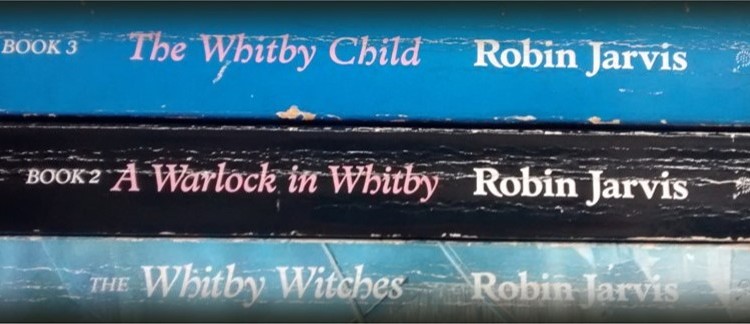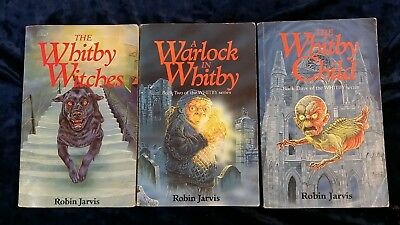It’s been a while since my last blog post, and I’m sorry. But I’m sure you’ll like what I’ve been up to: finishing a novel.
Back in March I talked about Writing a Novel: The Midway Point. Midway wasn’t a bad estimate; I started After Life (yes, we have a title now) last November, and I finished the first draft on the last day of July. Of course, writing a novel isn’t like competing in a race – it’s like a triathlon, and there a few finish lines to make it through. But first thing’s first: let me tell you all about finishing a novel.
Actually finishing a novel: the final push
Oh, it got hard towards the end. Nine months is a long time to stick at anything, let alone writing one story. My routine really helped here – the more I wrote, the more I came to know what my five thousand words a week translated to in terms of narrative. I knew the end couldn’t be far away and I stuck with it, matching the increasing pace of the story with more and more writing. By the end I was fitting in writing where I could; mornings, lunchtimes, evenings. I was desperate to have it done.
Read More







